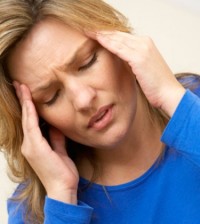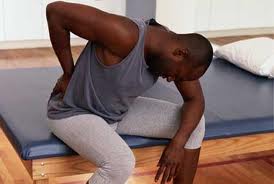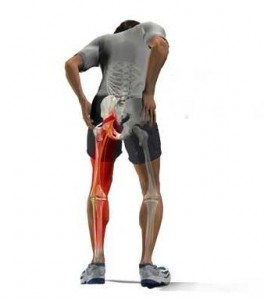 Migraines can cause debilitating pain, which can lead to a decline in your quality of life and in severe cases, depression. Incorporating a healthy lifestyle with a few simple preventative techniques may stop some migraines before they start.
Migraines can cause debilitating pain, which can lead to a decline in your quality of life and in severe cases, depression. Incorporating a healthy lifestyle with a few simple preventative techniques may stop some migraines before they start.
Self-treatment will not always work, but here are a few tips that may help reduce the severity of your next migraine.
At the first sign of a migraine:
Remove yourself from your current activity and seek a quite darkened room. Migraines often increase sensitivity to light and sound.
Apply hot or cold compresses to your head or neck. Ice packs will numb pain, while a hot pack or heating pad will help relax tense muscles.
Apply gentle pressure to your scalp or temples, which will help alleviate muscle tension.
Drink a caffeinated beverage; in small amounts, caffeine can help relieve migraine pain in the early stages.
Healthy Lifestyle:
Daily exercise will encourage your body to release certain chemicals that block pain signals to your brain. These chemicals can help alleviate anxiety and depression, which can make migraines worse. Remember that exercising too vigorously can trigger migraines.
Stress and migraines often go hand in hand, so simplify your life where you can. Delegate what you can, and divide large tasks into manageable chunks – use your time wisely. If you feel overwhelmed, take a break, try to relax with deep breathing. This requires inhaling and exhaling slowly and deeply for a minimum of 10 minutes every day. This type of deep breathing will also help to relax your muscles.
Getting a good nights sleep will also help to avoid migraines. Make sure that you are waking up and going to bed at the same time every day, including weekends, and minimizing distractions in your bedroom by not watch television or working in bed.
Keep a migraine diary – this will help you find out what triggers your migraines. Note when a migraines starts, what you were doing at the time, how long they last and what, if anything, provides relief. Eventually you may be able to prevent migraines by changing patterns in your daily life.
Migraine diagnoses:
While no specific test can determine whether your headaches are migraines, you can help your practitioner make a diagnosis by keeping a migraine diary. Your migraine journal should include the location, severity, frequency, and duration of your headaches. You should also make note of any prescribed medications you are taking.
Lifestyle choices can help reduce the frequency and severity of your migraines, as well as medication. However, there are other forms of treatment which include massage, acupuncture, chiropractic, Laser and eToims. Please talk with our health care practitioners to decide which type of treatment is right for you.

 A healthy back is straight, moves easily and is free of pain. The most common area for chronic back
A healthy back is straight, moves easily and is free of pain. The most common area for chronic back 


